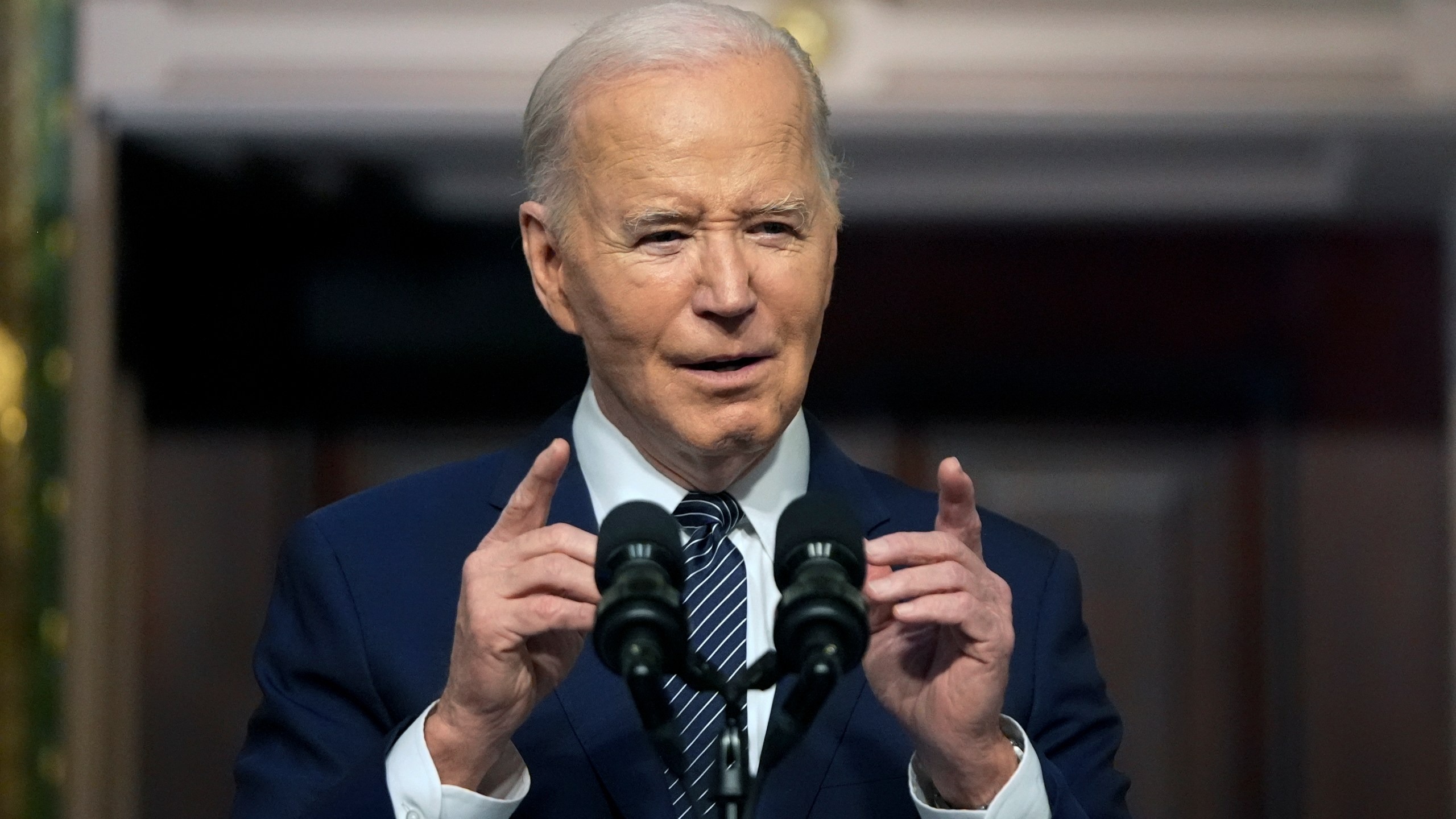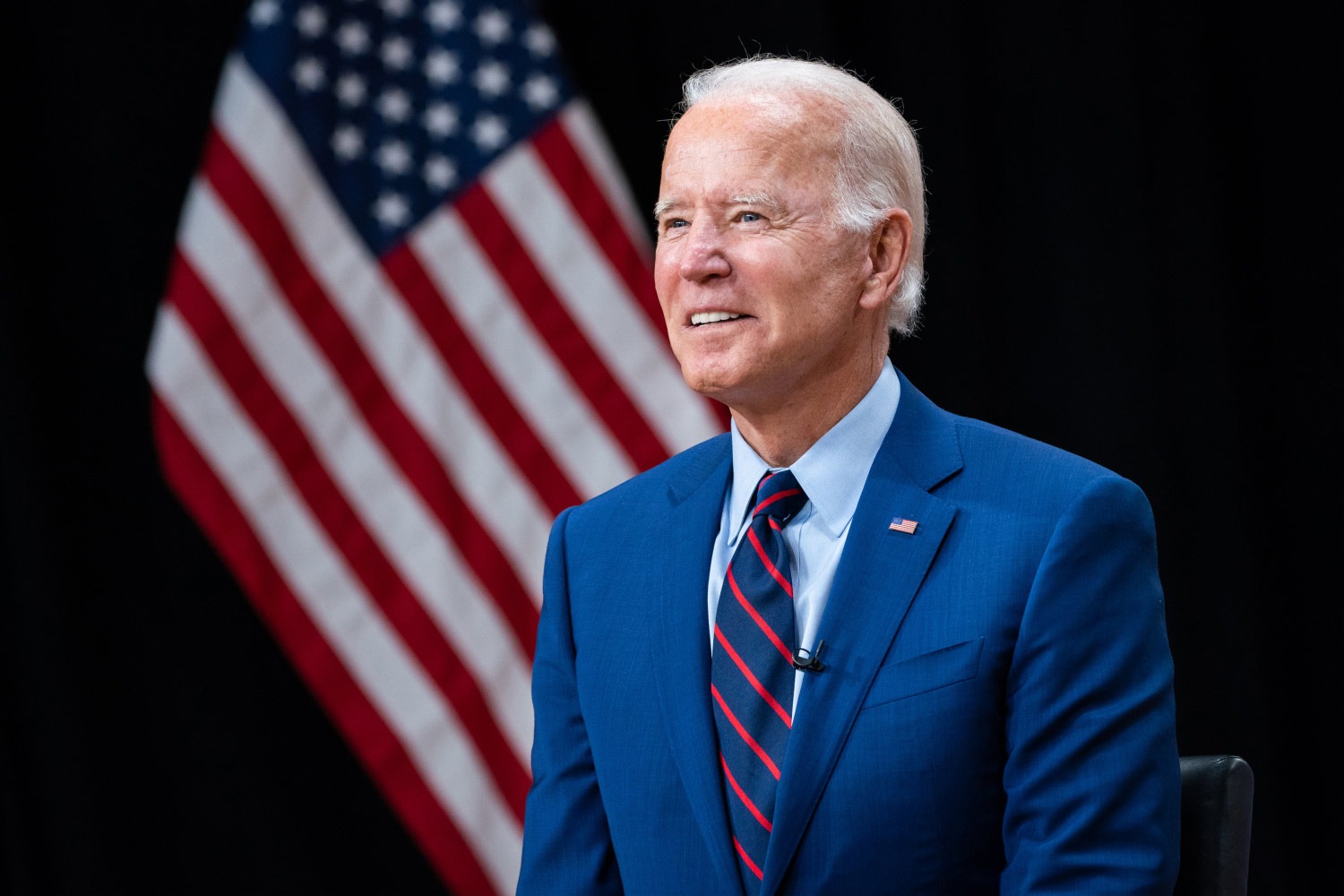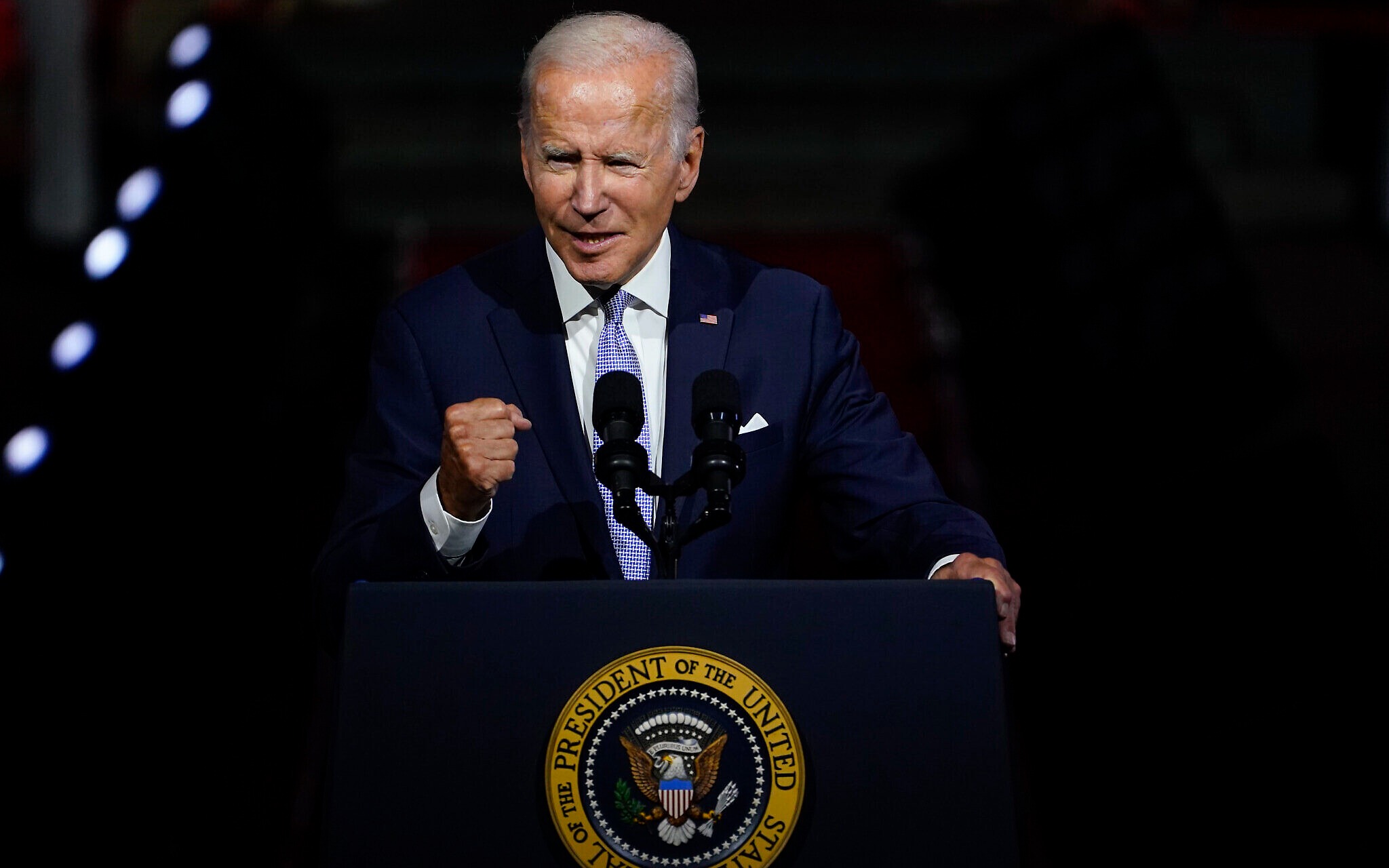Since delivering a rousing State of the Union address four weeks ago, President Joe Biden’s reelection efforts have shifted into overdrive. His campaign has been active in eight key battleground states, launched more than 100 field offices, invested $30 million in advertising, and initiated a targeted Latino outreach in the pivotal Southwestern states of Arizona and Nevada.
Recent polls, including Bloomberg’s battleground survey, Marquette University’s latest release, and the NPR/PBS/Marist poll, show a slight tilt toward Biden.

President Joe Biden (Credits: ABC News)
This marks an advancement in the narrative that has predominantly shown Trump leading in previous months. A closer examination of recent nonpartisan polls, excluding those by the Trafalgar Group, reveals a more competitive race, with Biden and Trump nearly neck and neck.
Trump’s campaign trail activities have been less conventional, focusing more on courtroom appearances, golfing, fundraising, and venting on social media rather than traditional campaigning.

Joe Biden (Credits: The White House)
This approach has not gone unnoticed, especially during a recent visit to Michigan, where he falsely claimed to have spoken with the family of Ruby Garcia, a local woman tragically killed by an undocumented immigrant.
This assertion was promptly refuted by the victim’s family, creating a wave of skepticism about his statement across local media. This episode, though it may resonate with his base due to its anti-immigrant undertone, hardly serves as a positive highlight in his campaign.
Meanwhile, discussions on Florida’s stringent abortion laws and the potential for Democratic contenders to make inroads in the Sunshine State have also been a focal point, illustrating the multifaceted challenges and dynamics at play as the presidential race heats up.























